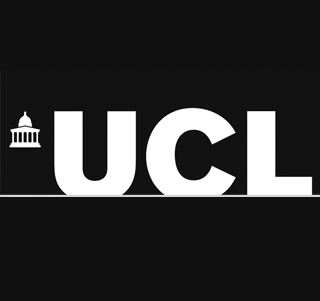
At the time of the research, investigators employed MRI scanners to assess the brain structures of 99 young adults with political attitudes on a scale from ‘very conservative’ to ‘very liberal’. It seems that those with liberal views have heightened grey matter in the anterior cingulated cortex. This part of the brain is supposedly related to decision-making, especially when conflicting information is being presented. On the other hand, grey matter in the amygdale, a region correlated to processing emotion, appears increased among conservatives.
Experts predict that individuals considering themselves as conservative respond to threatening situations with more aggression than liberals. Such people may also be more sensitive towards threatening facial expressions. To some extent political persuasions are possibly encoded in the structure of the brain. Professor Rees and colleague Dr. Ryota Kanai at the Institute of Cognitive Neuroscience, UCL note that though training can modify structure of even the adult brain, whether it alters political choice or no is questionable.
